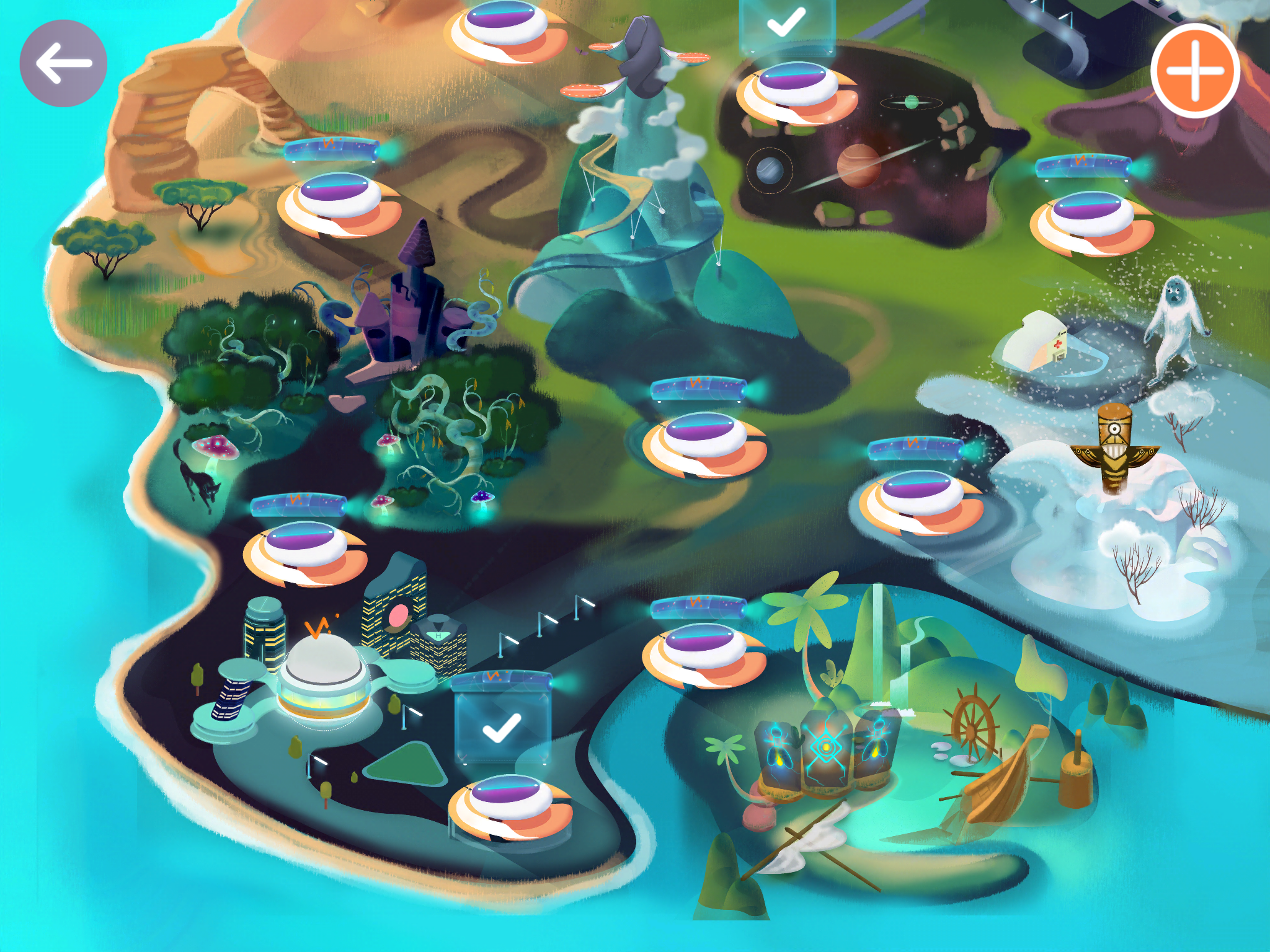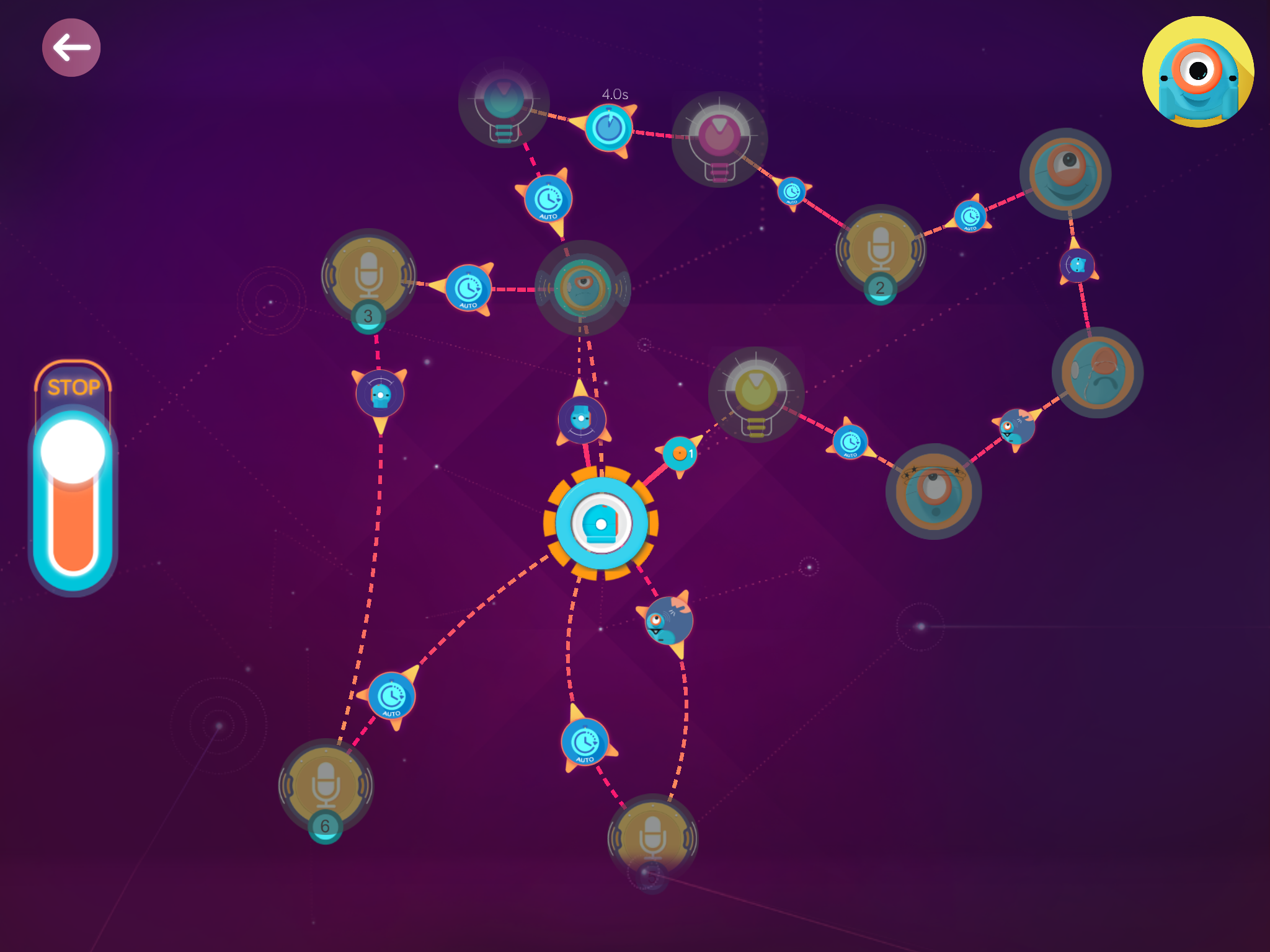Girls vs. Tech
Getting girls into technology was always part of Wonder Workshop’s mission. “If you look at the entire robotics industry, the products that come out tend to look very intimidating, and, as a result, we’ve lost girls in a big way,” said Gupta.
My daughter’s never been especially girlie — she spent a year dressed mostly as Spider-Man when she was very little — but she’s changing. There was never a question that Dash and Dot wouldn’t appeal to her, though. In fact, she thought they looked and sounded great. But the two robots were originally quite different.
At one point, the robot that would become Dash had its wheels visible. “We would always hear back from girls that, ‘This looks like a truck or a car — my brother would play with it. It’s not for me,’” said Gupta. The kids had no clear answer about why the robots looked this way, and it puzzled the design team for a while.
Almost by accident, the team ended up hiding Dash’s wheels, and the next testing session yielded very different results: “All of a sudden, we saw a big change. Girls would call it a monster or a cute little thing. They wanted to play with it, they wanted to dress it up, they wanted to change it. It became their toy — it wasn’t any more a toy that their brother would play with.”
AI Weekly
The must-read newsletter for AI and Big Data industry written by Khari Johnson, Kyle Wiggers, and Seth Colaner.
Included with VentureBeat Insider and VentureBeat VIP memberships.
My daughter’s thoughts
After she’d spent a few days playing with Dash and Dot, I asked my daughter for her thoughts. She kindly provided me with a couple of lists, which I’ll present here with just a few additional notes.
The reasons why she thought they were fun:
- They were interactive.
- It was funny watching the dogs play with them.
- You can program them as much or as little as you want and it will still look sick.
- Go [the app] was fun because as you’re moving them around you can make them say the things you taught them on Wonder.
- The quests on Wonder were fun because there was almost a storyline to each one.
- It made them seem alive when you put links in like, “When upside down, cry.”
- You could make them unique by adding in your own phrases and voices.
But Dot and Dash brought some criticisms, too:
- On Blockly, you had to go through the tutorial [the app doesn’t have an option to program freely from the start].
- You could only watch your quest programs run once before the app moved on. I wanted to watch them more, and I couldn’t show anyone.
- I had to turn the apps off and on to switch the robot I was controlling [this happened a few times and it was kind of annoying].
- The controls to move and turn dash on Go were quite difficult and sensitive. It kept running into Pablo [the dog] when I was trying to turn it around.
- The animal noises on Go were limited to three. I wanted it to make a cat noise or something.
Elementary school and beyond
Dash and Dot are already in 600 elementary schools, mostly across the U.S., helping kids with their programming education. Wonder Workshop provides lesson plans to help teachers get the most out of the two little robots.
The child-friendly look and tangible feel of the five Wonder Workshop apps provides a great way of getting kids across a range of ages involved in controlling and programming Dash and Dot. While my daughter found the Path app quite restrictive, I can see that being a big hit with younger kids who want to run Dash around the place, controlling what he does on the way. And Blockly is ideal for kids used to programming in block-based systems like App Inventor, Blockly, and Scratch.
Interestingly, some middle and high school children are also making use of Dash and Dot, and it’s a market that Gupta sees as having future potential, particularly if Wonder Workshop releases the text-based interface that formed the prototype for Wonder.
“One of things we have been looking into is the programming paradigm we build Wonder with,” he said. “We started out with a prototype based on Javascript, so we have a module that’s working that takes the same interface, but it’s text-based programming on a Mac or a laptop. We constantly think about how and when we can release that to the world and how can we make it work.
“It’s not a finished product yet, but it’s definitely something we will consider doing at some point. Children can start with the visual interface of Wonder … then they can turn that around and see the code. So they can take the leap from purely visual interface to a text-based interface.”
But for now, Wonder Workshop’s focus remains very much on younger kids and making robotics child-friendly. “Kids at the age of seven or eight should be able to do a phenomenal amount of stuff with the robots,” said Gupta.
VentureBeat's mission is to be a digital town square for technical decision-makers to gain knowledge about transformative enterprise technology and transact. Learn More


